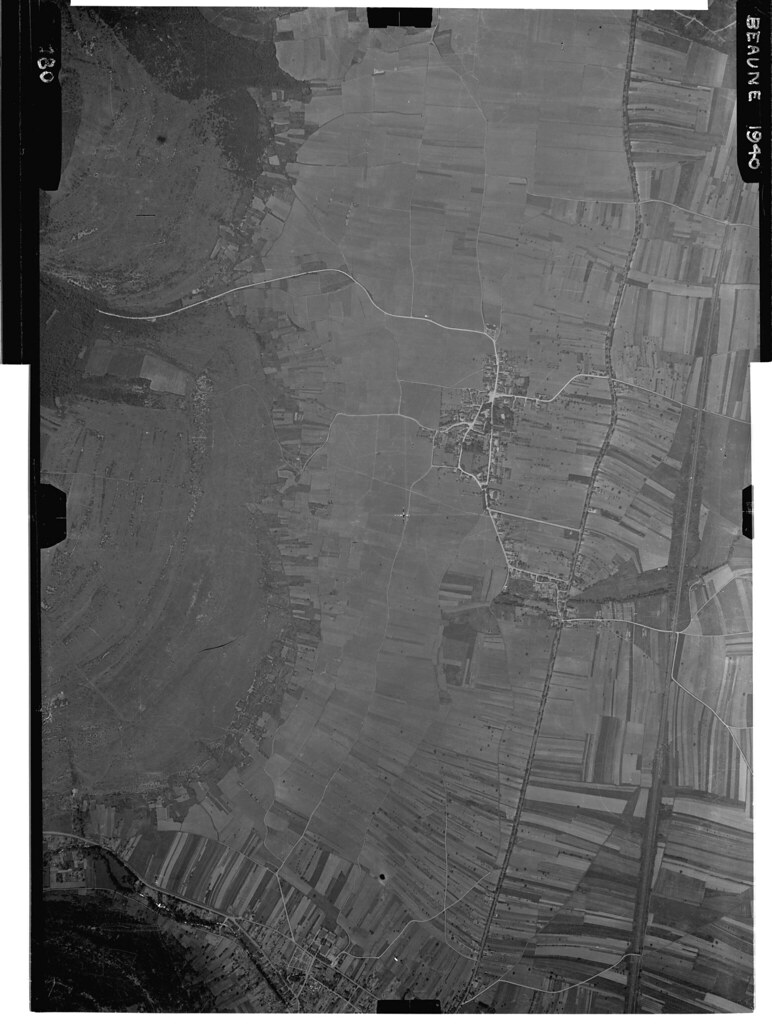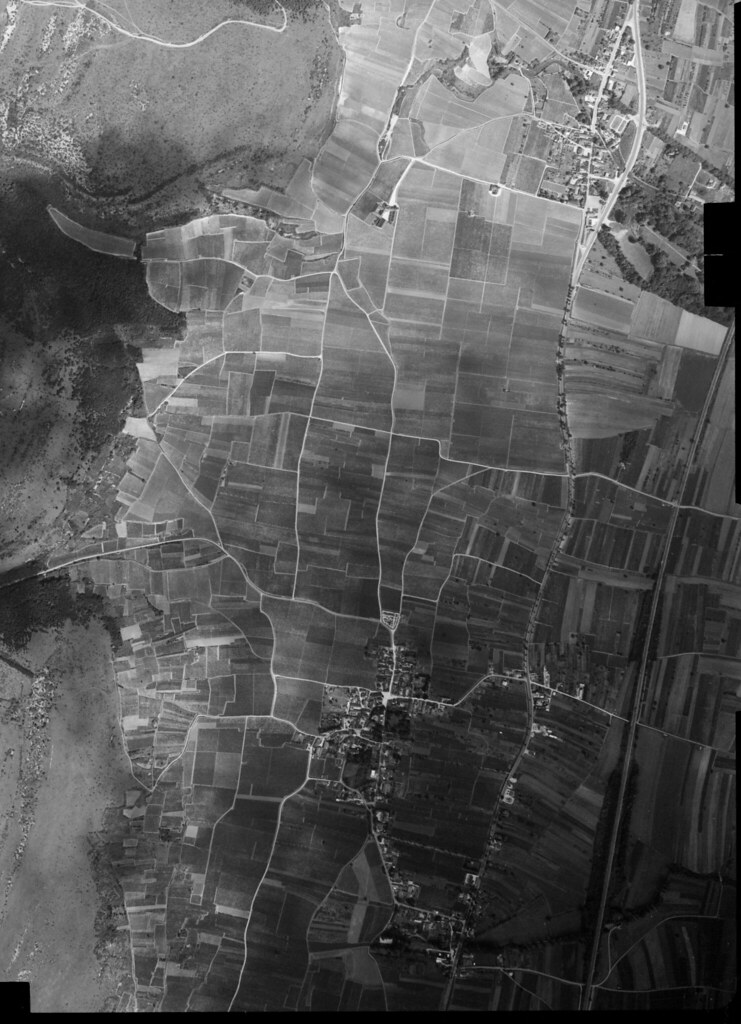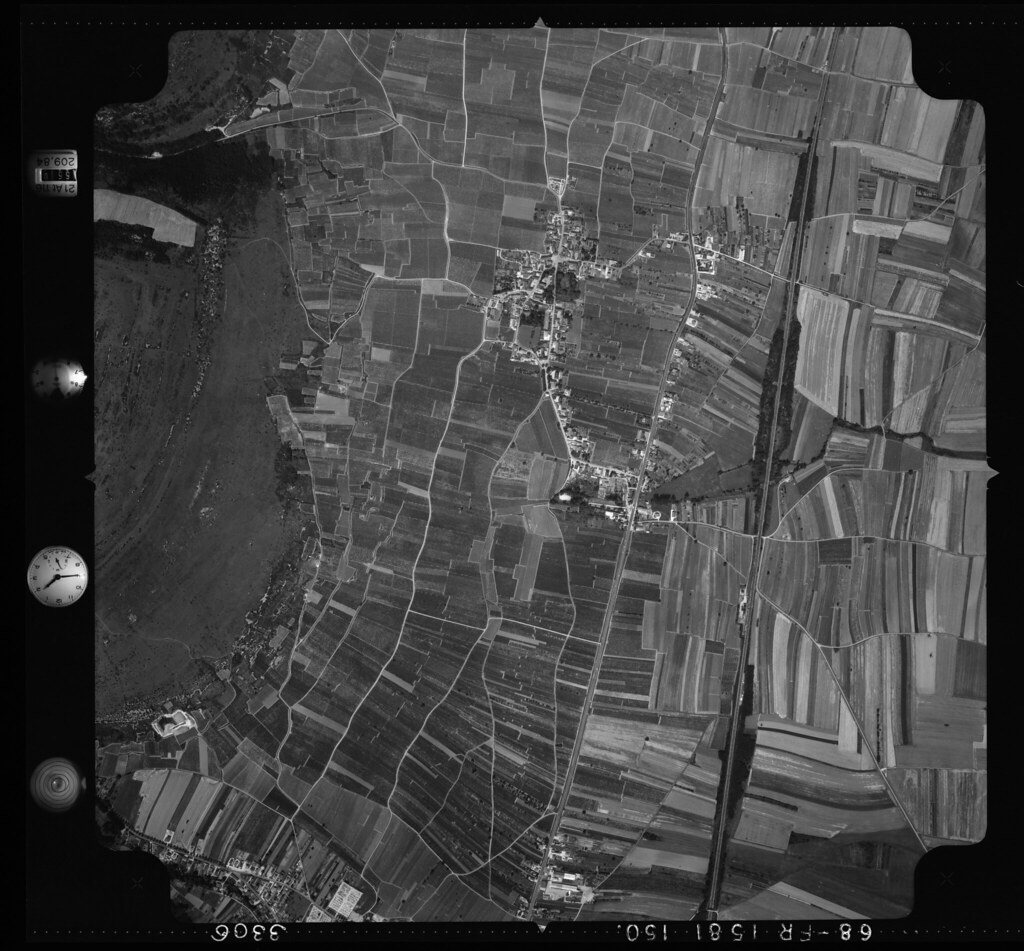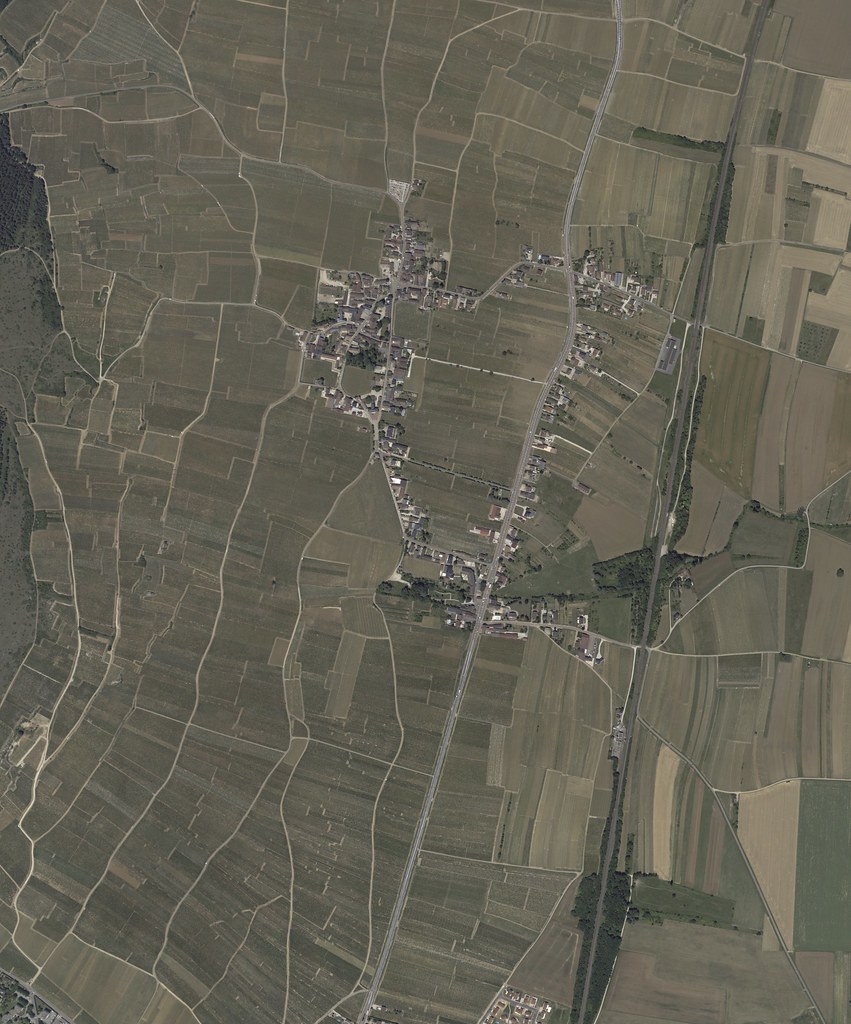No, this isn’t a slew of tasting notes, but rather a few aerial photographs of Vosne-Romanée from 1940, 1962, 1977 and 2010. I’ve managed to get hold of a bunch of photos such as these, and it’s fascinating to see how many sites hadn’t been planted in the aftermath of the Second World War. The wine business was subsistence farming back then, and land and wine just weren’t valuable; to the extent that the bottom of the Clos Saint-Jacques was used to grow alfalfa. In these photos, you can see the gradual replanting of these vineyards, some of which were abandoned during the war years, some of which had been abandoned after phylloxera. If you turn your eye from the vineyards to the villages, it’s also amusing to note the rise of the swimming pool, something that’s even more dramatic in some of the other, larger villages and which tracks the value of Burgundy’s wines pretty accurately.

Vosne-Romanée in 1940 by WilliamGFKelley, on Flickr

Vosne-Romanée in 1962 by WilliamGFKelley, on Flickr

Vosne-Romanée in 1977 by WilliamGFKelley, on Flickr

Vosne-Romanée in 2010 by WilliamGFKelley, on Flickr
Some zooming in is required to really trace what is going on… and for those for whom that’s too complicated, I zeroed in on the Cros Parantoux in a post on my IG a few weeks ago: